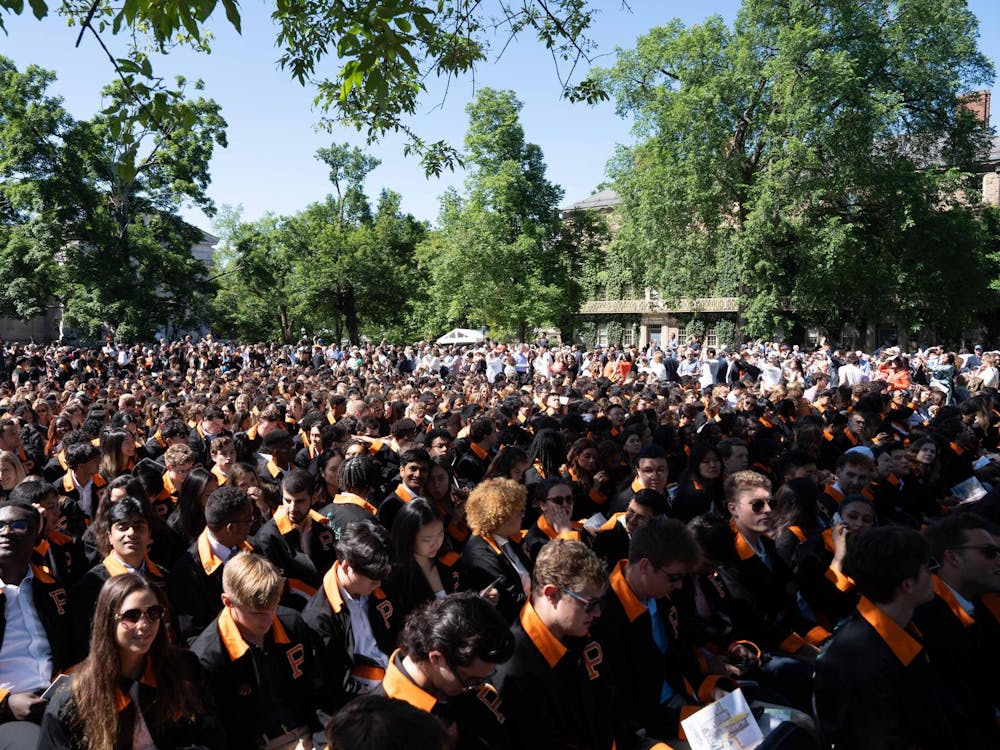Millstone Bypass would harm quality of life
I write with regard to the excellent March 22 'Prince' article discussing the effect of the proposed Millstone Bypass on the Washington Elm Allee. The University community must be aware of the full effects of the proposed road. According to the "Stony Brook-Millstone Watershed Association's Issue Paper on the Bypass," there are significant problems with the road. The bypass will actually increase traffic flows in and around Princeton and West Windsor by placing more cars on the smaller roads not designed to handle increased capacity. The bypass will compromise drinking water quality by increasing road runoff and its flows of heavy metals, automotive fluids, road salts, road surface abrasion, asbestos, rubber and sediments from construction. The runoff will also be detrimental to aquatic life, and would hurt anyone who consumes fish caught in this ecosystem. The bypass would encroach upon 72 acres of open space, including woodlands and wetlands. The Millstone River and Delaware and Raritan Canal greenways support one rare and one endangered species (the river otter and the northern harrier hawk), both of which would be threatened by the bypass.
Of more immediate and relevant concern for the University community is that the road alignment will run within 450 feet of the Delaware and Raritan Canal (and the towpath running next to it). This area is used by thousands of people per day for recreation, and is one of the few relatively quiet spots left in the area. Such solitude would be shattered by the roar of passing cars and trucks. Additionally, much of the land needed by the Department of Transportation is owned by the University. This is land which is held in case the University decides to extend the campus beyond Lake Carnegie. The value of academic buildings which look out on the lake is obviously much greater than the value of buildings fronting a road full of the traffic of cars avoiding U.S. Route 1. The University has an opportunity to preserve its future campus space as well as the recreation space many of its students enjoy on a daily basis. I urge the administration not to compromise on this very important issue. Benjamin Runkle '00







